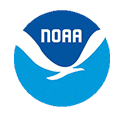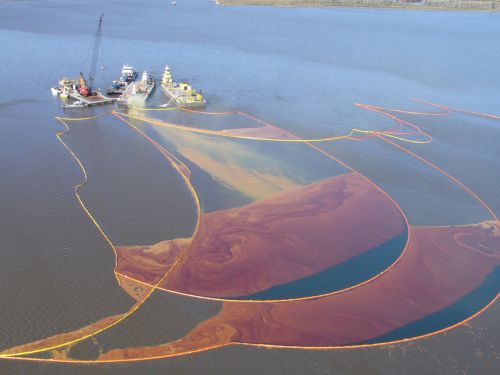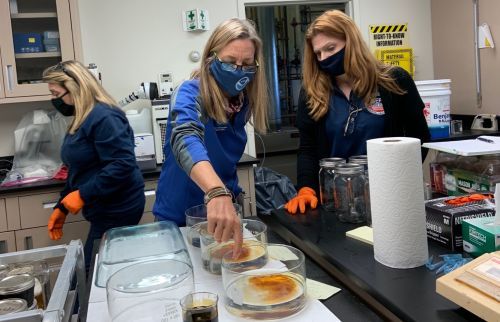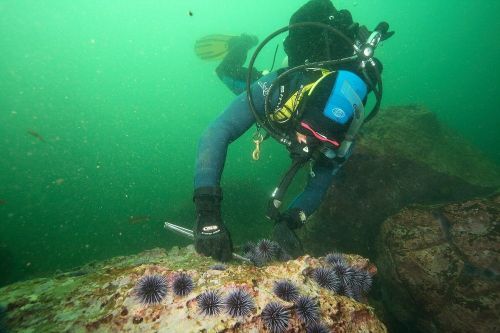Assessment and Restoration Division
What We Do
As one of the five divisions within the Office of Response and Restoration, the Assessment and Restoration Division (ARD) is responsible for evaluating and restoring coastal and estuarine habitats and their services damaged by hazardous waste releases, oil spills, and vessel groundings. To fully accomplish this mission, ARD partners with NOAA's General Counsel for Natural Resources and the Office of Habitat Conservation to lead the Damage Assessment, Remediation, and Restoration Program (DARRP). This 30+ year successful NOAA partnership tackles the challenges of environmental damages to ensure marine natural resources and their services to communities are protected and restored.
The division comprises NOAA biologists, toxicologists, ecologists, physical scientists, information specialists, environmental engineers, and economists. Together, they help assess ecological risk and environmental and economic injury from pollution and ship groundings. ARD specializes in aquatic risk and injury assessment techniques, contaminated sediment issues, and data interpretation, leveraging its expertise to guide restoration efforts.
Environmental Protection During Cleanup
During the cleanup of an oil spill or hazardous waste release, ARD experts provide technical guidance to the lead response agencies—the U.S. Coast Guard or the U.S. Environmental Protection Agency—to minimize risks to human health and the environment. Their expertise ensures that cleanup efforts maximize benefits while reducing potential harm to natural resources and services. These efforts help safeguard fish, habitats, and wildlife in the long term, accelerate recovery of the environment, and support natural resource trustees in implementing successful restoration projects.
- From Response to Restoration
- Hazardous Waste Site Assessment and Restoration
- Oil Spill Assessment and Restoration
Natural Resource Damage Assessments
When clean up efforts fail to fully restore injured natural resources or compensate for their lost public use after an incident occurs, ARD conducts a Natural Resource Damage Assessment (NRDA). The NRDA process determines the extent of harm to natural resources by assessing the impacts on fish, wildlife, surrounding habitats, and their uses in coastal communities. The NRDA determines the appropriate type and amount of environmental restoration needed to compensate the American public for those losses.
Environmental Restoration
Through the NRDA process, ARD and DARRP work cooperatively with government agencies, tribes, companies, and the public to carry out restoration projects at sites affected by hazardous waste, oil spills, and vessel groundings. Since the 1980s, $10.8 billion has been recovered from responsible parties for pollution impacts. The funds support restoration of vital estuarine and coastal ecosystems and their services, including wetlands, coral reefs, streams, beaches, recreational fishing, and outdoor recreation. Environmental restoration benefits fish, birds, marine mammals, and their habitats as well as strengthens local and regional communities and economies nationwide.
Technologies Supporting Environmental Assessment
To assess and quantify impacts of incidents on the marine environment, ARD scientists utilize NOAA-developed tools, ERMA® and DIVER, within the NRDA process to guide the restoration of public resources. These spatial data and management tools map environmental damage, documenting the location and extent of injuries using static and real-time data, visual observations, and environmental condition records. By incorporating samples collected from air, water, sediment, oil, and even wildlife tissue, these tools standardize environmental impact studies, enhance analytical accuracy, and support effective restoration efforts.
 An official website of the United States government.
An official website of the United States government. 



